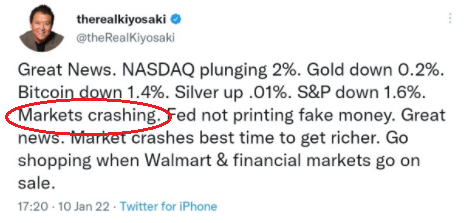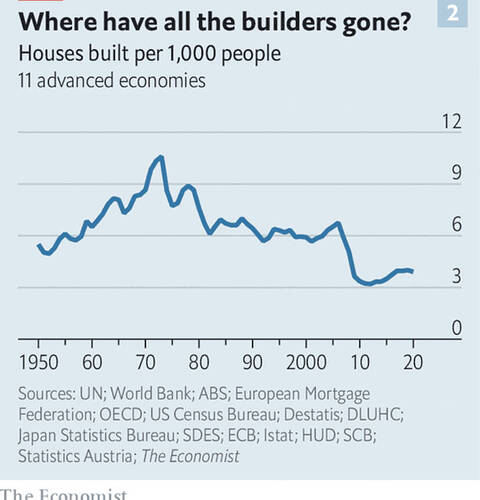Indeed that is true. I did sell the first house I bought, but then I immediately bought a nicer place again within few months. It would have been better if I could have held onto that first house, but I was not confident of taking on that much debt. In the process, I also created a liquidity cushion - so if I were to lose my employment, I could go on for a few years before running out of liquidity. Having that cushion gives me more confidence in navigating my job as well.
For a big investor, real estate is a good hedge against inflation + GDP and massive money printing (but not much else) if bought at right price. For small investors, and for someone who is buying his first or second home, real estate can provide benefits of tax savings and leverage ( a friend of mine put 3 % down for some VA loan and bought a SFH - 33x leverage).
For someone savvy in picking stock and possessing right investment behavior, the returns can be a lot higher in stock market.
I would say RE is 2nd step in the investment ladder.
First step in investment ladder is investing in 401k and saving down-payment for your first home.
Third step in investment ladder is to venture into 100 baggers if one is investment savvy
There are 4 or 5 pillars available to the average person to build financial security as they proceed towards retirement (you can also look at them as rungs in the investment ladder, though that implies a sequential nature).
Pillar 1: buy a good property in an area that has sustained appreciation (eg., a SFH in RBA), and try to pay it off as much as possible during working years. Carrying a small mortgage balance into retirement is ok, but obviously should not be large. If one does very well in career and/or is investment savvy, acquiring multiple properties is great, but a good primary is a must.
Pillar 2: contribute steadily over 30+ years to 401k, preferably maxing it every year and also getting whatever employer match is offered. As @caiguycaiguy stated, this really adds up over the long term, esp if invested in stock fund like S&P 500. Never borrow against 401k, and never withdraw anything before age 60.
Pillar 3: Build up a liquid (after-tax) brokerage account. Having a few hundred thousand dollars in a liquid account can give peace of mind in case of emergencies, loss of job etc - preventing the need to liquidate bigger assets like home or 401k/IRA
Pillar 4: Pensions and social security - obviously this kicks in after age 62, but can be a substantial part of income in golden years. Especial those folks who qualify for pensions from their employers have a leg up.
Pillar 5: Inheritances. Many people come into their inheritances in their 40s or 50s. This is timely, because one is more likely to squander an inheritance at a younger age, whereas by 50s, people will have the maturity to really value the turbo boost that a million dollar inheritance (just as an example) can give their portfolio.
The more of these pillars or ladder rungs one can access, the better off one will be…
Time to read Robert Kiyosaki’s book?


You’re funny.
Robert has been saying market will crash for many years. When the crash happens, it would still be higher than his initial claim.
easy money is an enabler of bubble. easy money → stocks → houses-> rents. Rent is the weakest link in this chain of propagation. Will continue till rents can rise. When rents rise give up, the wave will flow backwards. All these point to eventual price crash. I find it so funny. FED prints money to avoid price drops (or deflation ) and that is what eventually ends up happening . Remember deflationary forces are like gravity. They exist naturally everywhere and cannot be escaped from.
Axios? Rehash of an older article? Though I read this before.
I think he answered his question. Inflation
Crypto Kings Are the Real-Estate Industry’s Newest Whales
People who have made fortunes investing in digital currency, or who helped build the vast crypto industry, are the new darlings of the high-end residential property market
How the Fed’s Policy Shift Is Rippling Through the Housing Market
The central bank had been the biggest buyer of mortgage bonds, but now it is stepping back and borrowing costs are rising
